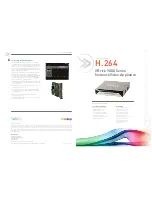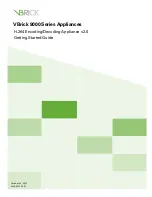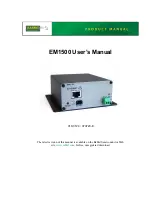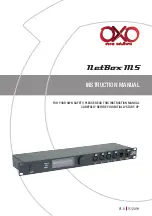
UMAX140610. LIN
– J1939 CAN Protocol Converter with PWM Output. Version 1
Page: 49-81
Name
Default Value
Range
Units
Description
Received
Data Max
(On
Threshold)
100.0
[-100000; 100000]
Signal
Units
The maximum value of the X-
axis used in the linear
calculations. As the name
imply, it is also used as the
OFF thresholds for digital input
types.
1
X is defined by the Block Number, ex. X=1 for CAN Receive 1
2
Proprietary A PGN (61184) is excluded. It is taken by Axiomatic Simple Proprietary Protocol and
therefore cannot be used in function blocks.
The CAN input signal position is defined within the CAN message data frame by the
Received
Data Index in Array (LSB)
and
Received Bit Index in Byte (LSB)
configuration parameters the
same way as in the J1939 standard. The start and stop bits of the CAN signal in the 64-bit
CAN message data frame are calculated using the formulae:
StartBit = (DataPositionByte − 1) ∙ 8 + (DataPositionBit − 1),
(2)
𝑆𝑡𝑜𝑝𝐵𝑖𝑡 = 𝑆𝑡𝑎𝑟𝑡𝐵𝑖𝑡 + 𝑆𝑖𝑧𝑒 − 1, 𝑤ℎ𝑒𝑟𝑒: 𝑆𝑡𝑎𝑟𝑡𝐵𝑖𝑡, 𝑆𝑡𝑜𝑝𝐵𝑖𝑡 ∈ [0 … 63]
.
Resolution
and
Offset
configuration parameters are set for continuous CAN input signals. They
are not used with discrete CAN signals.
Received Data min
and
Received Data max
values
are in whatever units the output data is AFTER the resolution and offset is applied to the CAN
data.
The following rules apply when converting the CAN signal data to the function block output
signal:
•
It is assumed that CAN signal code with all bits set to 1 represents an undefined signal;
•
Discrete signals can take any value except the one reserved for the undefined signal;
•
Continuous signals can take only values from the range reserved for continuous signals in
the J1939 standard. If the CAN signal code is outside of the range reserved for the
continuous signal, the signal is ignored.
When the
Received Message Timeout
is not equal to 0, if the message is not received off the
bud within the time set, the message data is zeroed and it will flag on signal in question. If
enabled, Lost Communication fault will be flagged as well, which could trigger a Lost
Communication event as described in section 3.9. In order to avoid timeouts on a heavily
saturated network, it is recommended to set the period at least three times longer than the
expected update rate. To disable the timeout feature, simply set this value to zero, in which
case the received message will never trigger a Lost Communication fault.
3.8.3 CAN Transmit
There are
25 CAN Transmit
function blocks available to the user. Each function block
represents one single frame CAN output message that can be sent on the CAN bus.
The message contains up to 5 CAN output signals. In case more signals are required, the user
can merge two or more CAN output messages with the same PGN in one CAN output
message.
















































